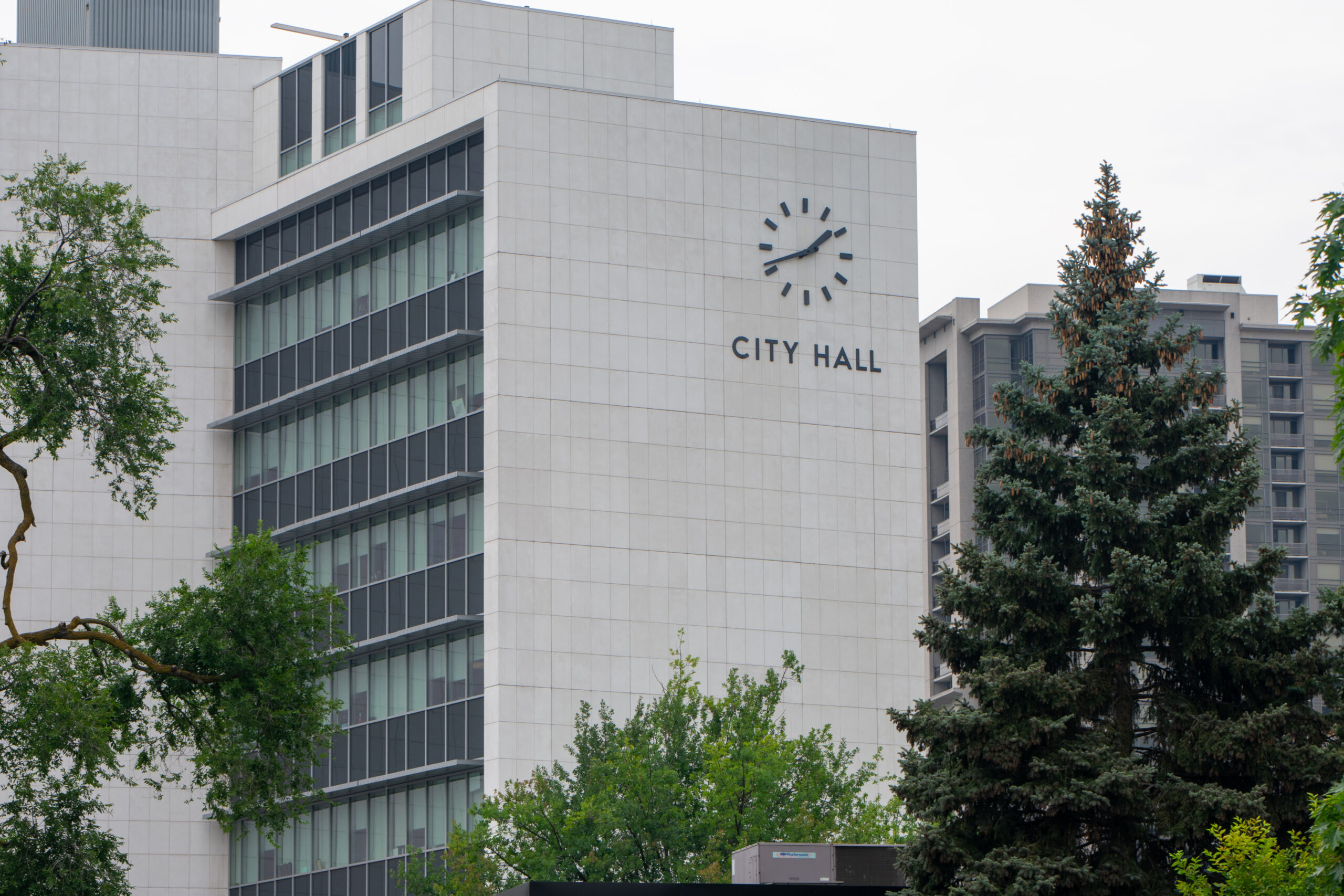Developers of all sizes are beginning to publicly complain about City Hall remaining closed due to COVID, stating there are shortcomings with the City’s planning division staff all working from home.
Last week, I reported on comments at the Development Industry Liaison Group meeting on Monday. Professional planners say the COVID change to staff-only development review team meetings is not working, and concerns about delays in planning approvals due to what the industry states are inefficiencies in the City’s work from home processes.
This brings me to the most recent Committee of Adjustment meeting during which a small developer made similar comments regarding work-from-home.
“Is there any particular reason that you know, everybody’s not back working at City Hall?,” Hamilton property owner Kevin Moniz asked Hamilton’s Committee of Adjustment two weeks ago. He added, “the majority of the public is back working”.
Moniz said “I’m not really a computer guy” explaining “It’s been quite challenging, especially for myself.”
COVID limits the people I speak to as a journalist. The random encounters with smaller developers are lost.
I continue to speak with regulated professionals in planning and mid-sized developers.
I can look at statistics that show the City of Hamilton is processing more planning applications than ever before, and minor variances are proceeding at a faster pace than pre-COVID.
Hamilton City Hall had to adopt digital practices. The result is increased efficiencies, digital files and digital approvals remove the days of lag which occurred as paper applications circulated between city staff, and then weeks of delay as paper comments went back to applicants who then had to resubmit new paper applications.
Digital requires software. Computer-assisted design software costs hundreds of dollars per year and is excessive for most minor variances.
Moniz is a landlord who used an N13 Notice to end the leases of tenants in the building he owns to do extensive renovations. The building had long-term tenants. ACORN protested the plans as a “renoviction”.
He can afford professional drawings, and he did hire a design firm.
It is routine for homeowners seeking permissions for minor projects, for example, building their own back deck or adding a backyard shed, to submit their own hand-drawn plans.
During COVID, planning staff are accepting scans of hand drawings.
What is being lost are the counter interactions and hallway negotiations prior to the Committee of Adjustment meetings.
Moniz was in front of the CoA in mid-August, and had to table to meet with staff.
They negotiated and his project was approved.
There have been a few CoA files recently which were tabled for negotiation that might have been avoided if hallway discussions were possible.
In an extreme example, the CoA passed a series of variances for 121 – 125 King Street East in Downtown Hamilton which planning staff sought conditions on the approval.
In the video meeting, the planner tried unsuccessfully to get the attention of the CoA. The CoA passed variances, staff had to appeal to the Ontario Land Tribunal, and eventually, a settlement was reached – with the developer incurring legal costs.

